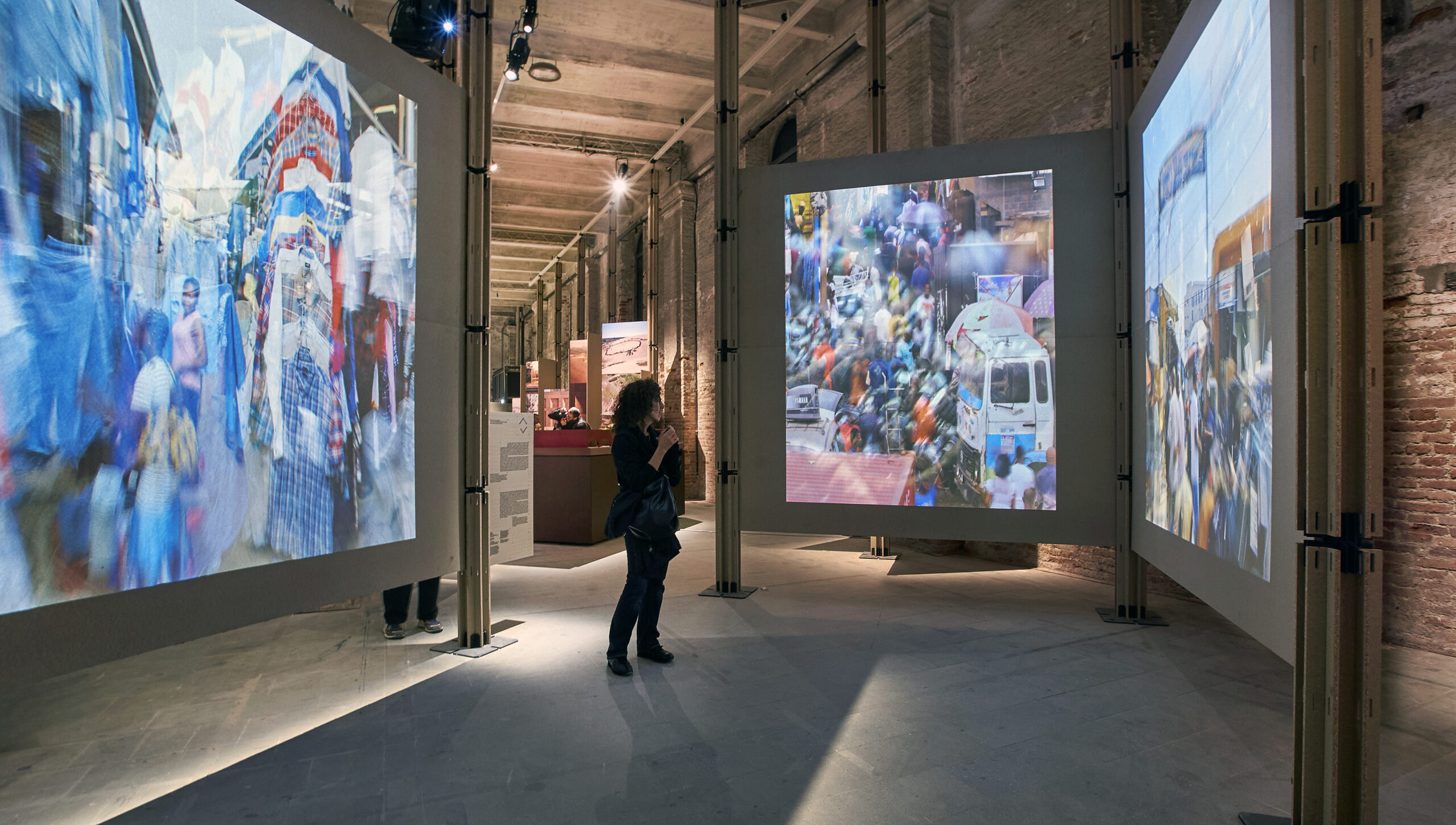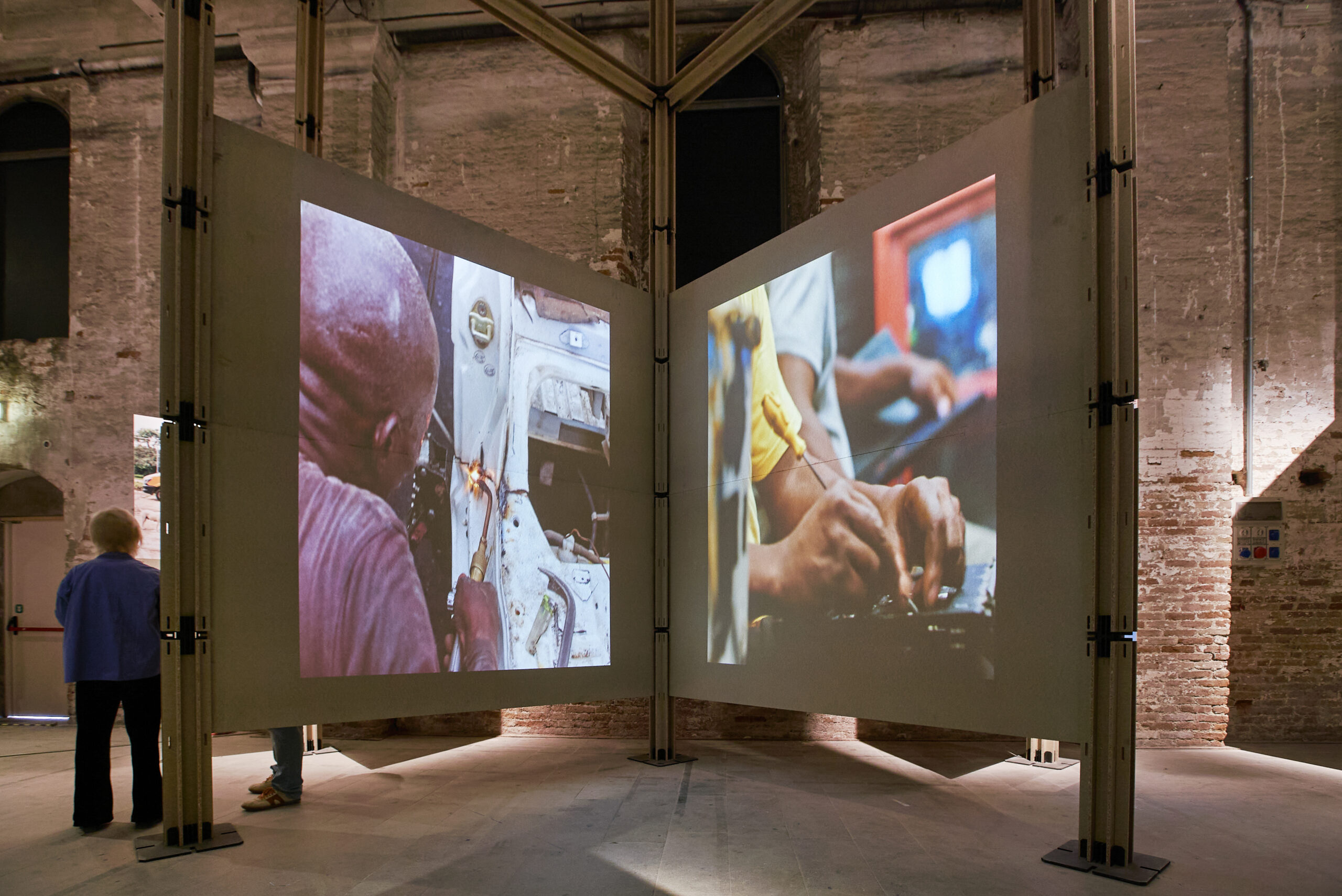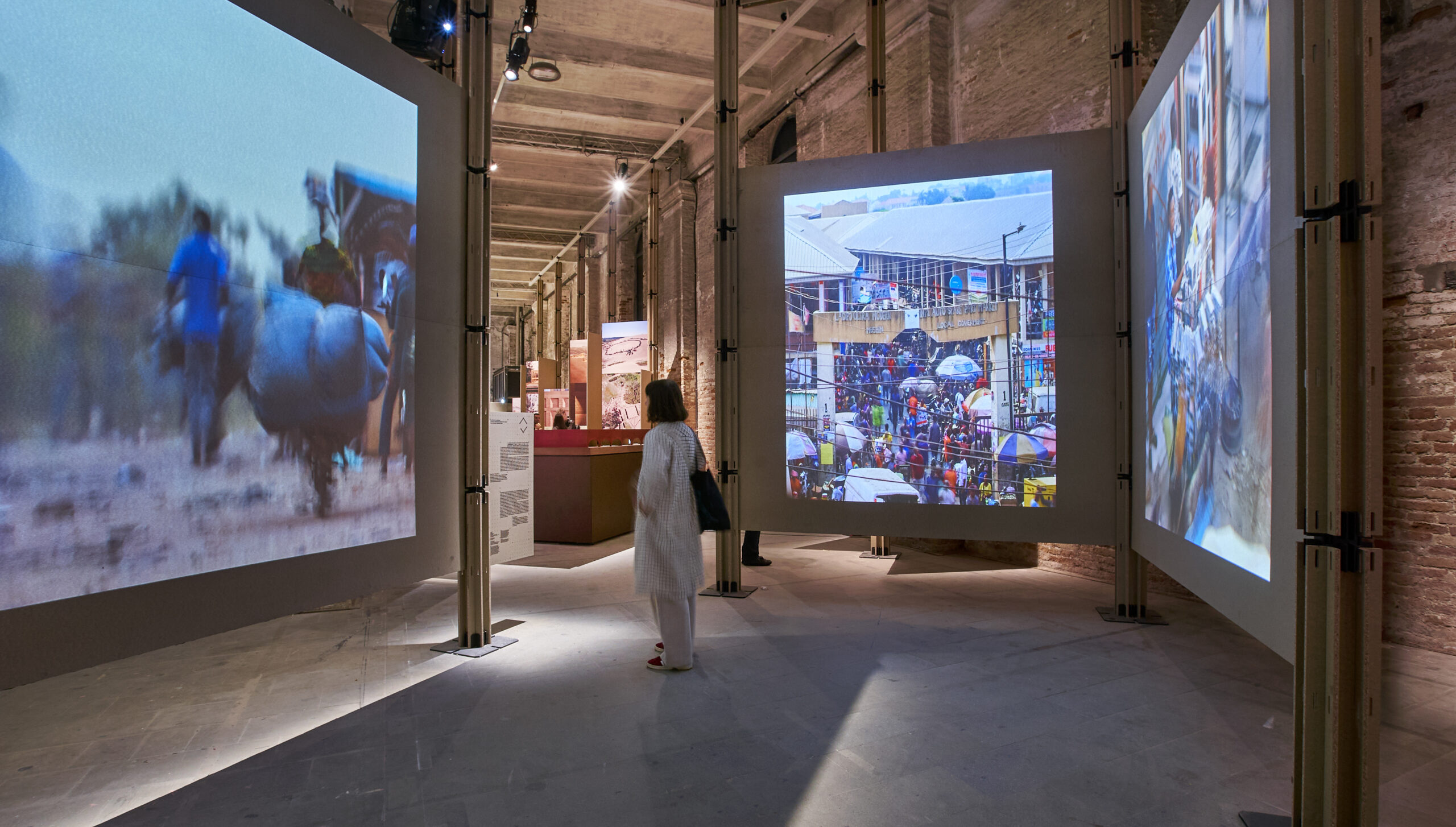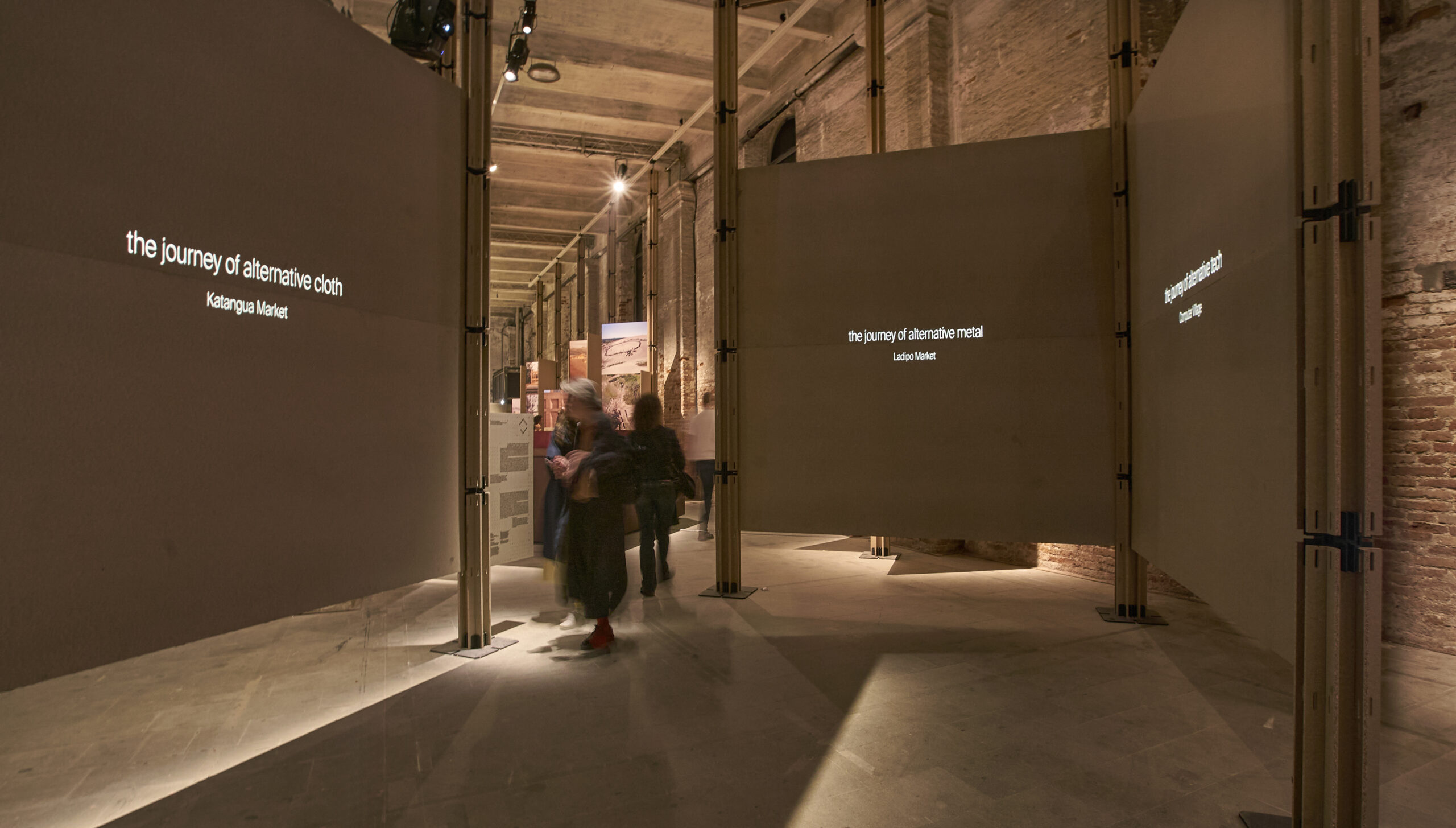research
Alternative Urbanism (Venice Biennale 2025)

The diversity, intensity, and concentration of self-organised markets in Lagos, Nigeria, are visible at the macro scale. Alternative Urbanism: The Self-Organised Markets of Lagos offers a glimpse into an alternative urbanism and an approach to circularity.
Date Published
2025
Aresenale, Venice, Italy
Urbanisation in the Global North has occurred in tandem with industrialisation. Africa, which was the locus of extraction by which these economies developed, has had limited industrialisation, but has nonetheless urbanised in unison with the rest of the world.
By recent estimates, Africa contributes between 3-4% of the world’s CO2 emissions, yet the continent faces some of the most severe impacts of climate change.
Date Published
2025
Aresenale, Venice, Italy
The diversity, intensity, and concentration of self-organised markets in Lagos, Nigeria, are visible at the macro scale.
Alternative Urbanism: The Self-Organised Markets of Lagos offers a glimpse into an alternative urbanism and an approach to circularity.
Urbanisation in the Global North has occurred in tandem with industrialisation.
Africa, which was the locus of extraction by which these economies developed, has had limited industrialisation, but has nonetheless urbanised in unison with the rest of the world.
By recent estimates, Africa contributes between 3-4% of the world’s CO2 emissions, yet the continent faces some of the most severe impacts of climate change.


The installation presents an immersive experience of the activities of three specialist markets in Lagos that operate as factories processing “waste” or “end-of-life” items from industrialised economies. Ladipo Market specialises in second-hand cars and parts; Computer Village specialises in new and used computers and electronics; and Katangua specialises in second-hand clothing and shoes. These markets showcase the principle of circularity prevalent in African cities through iterative self-organised initiatives. These initiatives tend to be foreign to their host environments and not structured by the state. However, they coexist with, and in some cases re-appropriate their urban fabrics. As such, they speak to the realities enabling the African city to function in modernity.





